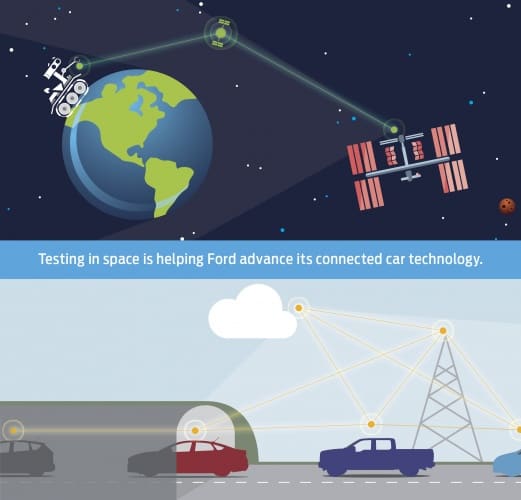The prototype system, developed by engineers from carmaker Ford and St Petersburg State Polytechnic University, has been designed to enable vehicles to reliably communicate with each other via the cloud when connectivity conditions are poor.

The technology is underpinned by a so-called “intelligent connectivity manager”, a software tool which enables a vehicle to choose from the strongest available wireless connection - whether it’s Wi-FI, mobile-phone based, or direct communication with other vehicles or infrastructure - in order to transmit data to the cloud.
During trials the team examined the challenges of sharing critical data regarding a road emergency with drivers in an area that has poor connectivity.
In one potential scenario, the research team outlined how a car entering a tunnel and encountering black ice, but without a mobile phone or Wi-Fi signal, could for instance, use the system to instantly identify passing vehicles that do have connectivity and pass on this information via the car’s vehicle-to-vehicle channel.
The ultimate goal is to use the technology to collect information from hundreds of vehicles at the same time and build up a “connectivity map” that will reflect the current data at all times and could act as a database for implementing smart roads and smart city projects.
The technology is based on research carried out by telematics researchers at St Petersburg in which Cosmonauts aboard the International Space Station used a joystick to control a robot based on Earth amidst noisy conditions, operating signal time delays and equipment failures.
Commenting on the technology’s outwardly unusual backstory, Oleg Gusikhin from Ford Research & Advanced Engineering said: “The challenge of creating a robust wireless communications network is shared between the space and automotive industries.”



Nanogenerator consumes CO2 to generate electricity
Whoopee, they've solved how to keep a light on but not a lot else.